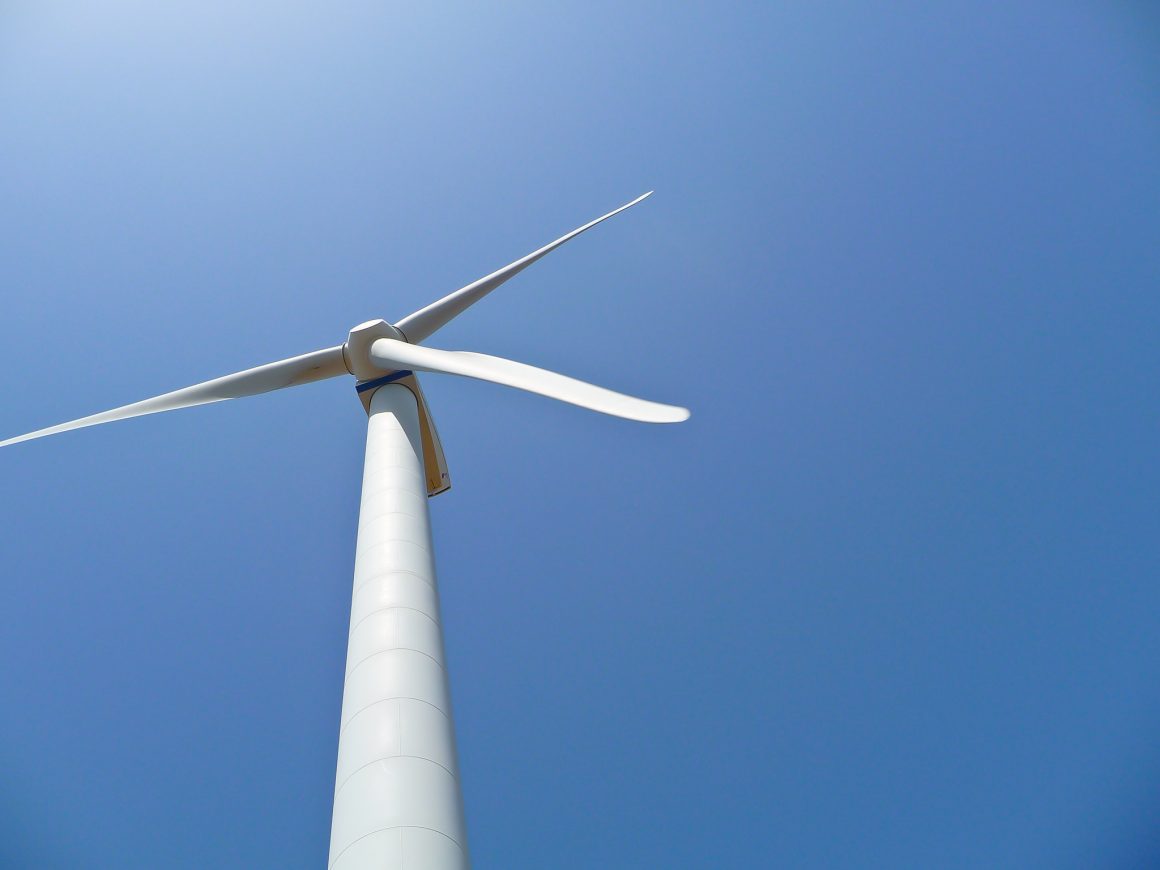
Alberta and the environment: understanding the impacts of our energy sector
By Ishita Moghe, November 7 2019—
With the energy sector contributing $91.3 billion to Alberta’s total GDP in 2018, the oil and gas industry is an undeniable powerhouse for our province’s economy. But Alberta isn’t the greatest stakeholder. The energy sector accounted for 11.1 per cent of Canada’s nominal GDP in 2018, contributing $230 billion. Of that sum, Alberta unsurprisingly contributed the most — over $71.5 billion. To put it into perspective, the next highest contributor was Ontario with $20.4 billion.
Now that we have attached some numbers to Alberta’s significant contributions to the Canadian economy, let’s explore some issues surrounding it. Just because we have the natural resources and can mine them, should we? Why aren’t we focusing on “cleaner” energy sources? How can we come up with a consolidated solution to keep Albertans employed and the economy afloat while avoiding international backlash and making strides towards a cleaner planet? How does this play in with the new Liberal minority government?
Let’s start with the current state of the province and country. At the height of Alberta’s economic crash in 2016, the Albertan unemployment rate was about nine per cent, and while it has since decreased to 6.6 per cent, it is still significantly above the national average of around 5.5 per cent. The crash was caused in part by market oversaturation of unregulated refined oil in the USA, but the province’s recovery is being hindered by the lack of pipeline capacity to send oil from northern Alberta to where it’s needed. Add to that Justin Trudeau’s carbon tax and limitations on oil tankers leaving British Columbia docks, and we can begin to understand why Albertans are still unhappy and unemployed five years after the initial crash.
While Trudeau has confirmed his commitment to support the Trans Mountain pipeline (TMX) to southern BC following his re-election, it will have to pass through several rounds of scrutiny at provincial and federal levels, as well as negotiations and consultations with First Nations groups on the proposed construction. So if Trudeau has committed to the TMX pipeline, why is there still talk about “Wexit,” and why didn’t the Liberals win a single seat in Alberta or Saskatchewan? Trudeau has time and again championed an anti-oil environmental rhetoric. While he may not be taking active steps to quash the Albertan oil industry, this anti-oil discourse has crippled the Canadian oil sector and made it a national and international scapegoat.
With the understanding that oil and gas energy is critical for the Albertan and Canadian economy — not to mention the international market that relies on Canadian oil — let’s turn to so-called “clean” energy. When we talk about “clean” renewable energy, most tend to assume that the production of windmills or solar panels are clean from start to finish. On the contrary, windmills still require the use of coal to manufacture the steel trunk and deep concrete foundation of the turbines. The potent magnetic fields required by windmills use a rare earth mineral called neodymium to create lightweight magnets, also used in modern electric cars. This mineral is mined from inner Mongolia, where massive mines and factories are housed, pouring toxic waste into the surrounding ecosystem — the dystopian factories and environmental conditions were the subject of a 2015 BBC investigation.
Similarly, solar panel waste is a growing concern. In addition to the massive water consumption in solar panel production, they are also extremely difficult to recycle because of the toxic lead, cadmium and silicon tetrachloride in the glass panels. In 2016, Japan’s Environment Ministry cautioned that the country would produce 800,000 tons of solar waste by 2040 — the global projection is 78 million tons by 2050.
It’s important to acknowledge that this isn’t a black or white situation in any sense. Destructive greenhouse gases are used in the production of almost all our electronics, from smartphones to windmills to both gas and electric cars. While the recent wave of environmental activism is powerful and necessary to push world leaders to action, it’s equally essential to direct our justified collective outrage to solution-finding instead of finger-pointing. We should aim to have robust renewable energy sources in the second half of the century and focus now on investing the millions generated by fossil fuels into nuclear fusion and fission research. It is a disservice to our national and global environmental campaign to target and cripple oil-based economies when we have yet to find a realistic renewable alternative. Let’s instead scrutinize the production chain of green energy sources before we parade them and invest in research and innovation in the green energy sector.
This article is part of our Opinions section and does not necessarily reflect the views of the Gauntlet‘s editorial board.
